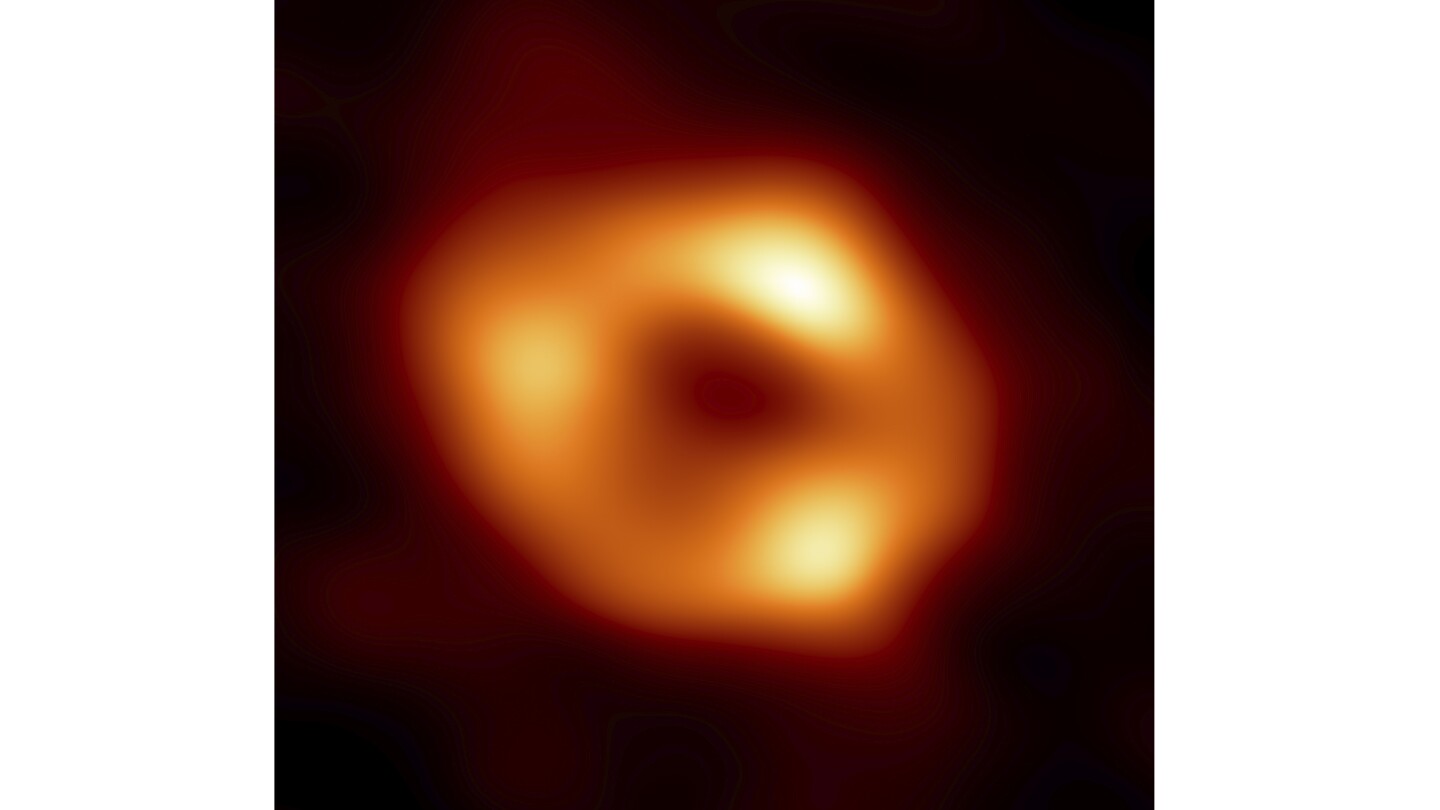Science
Two stars may be orbiting each other near a supermassive black hole in our Milky Way galaxy

*Introduction to Sagittarius A and the Discovery**
In the heart of the Milky Way galaxy lies a supermassive black hole, Sagittarius A (Sgr A). With a mass approximately four million times that of our sun, Sgr A is relatively quiescent, occasionally consuming nearby gas or dust. Recently, scientists made an extraordinary discovery near this cosmic giant: a pair of stars orbiting each other in close proximity to the black hole. This finding, published in Nature Communications, offers fresh insights into the dynamics of star formation and orbital mechanics in such extreme environments. While stars near supermassive black holes are not unheard of, the survival of a binary star system so close to Sgr A is unprecedented, captivating the attention of astrophysicists worldwide.
The Unusual Sighting: Two Stars in Close Proximity
The twin stars, located remarkably near Sgr A, are observed to be in a binary system, orbiting each other within the gravitational influence of the black hole. This celestial arrangement is unusual because the intense gravitational pull of Sgr A typically disrupts such systems. The discovery was made using advanced observational techniques, including data from the Keck Observatory in Hawaii, which allowed researchers to discern the stars’ movements with remarkable precision. This unusual sighting has sparked curiosity among scientists, who are eager to unravel the dynamics of this system and the implications for our understanding of star formation near supermassive black holes.
Orbital Dynamics: A Delicate Gravity-Driven Balance
The stability of the binary system near Sgr A* hinges on a delicate balance of gravitational forces. If the stars were orbiting too far apart, the black hole’s gravity could disrupt their orbit, tearing them asunder. Conversely, if they were too close, their mutual gravitational pull might lead to a merger, resulting in a single, more massive star. The observed orbit, however, suggests that the stars have found a ‘sweet spot,’ maintaining a distance that allows them to coexist without either scenario occurring. This balance, while currently stable, is not permanent, as the system’s dynamics could evolve over time, potentially leading to a merger or disruption.
The Formation and Age of the Star Duo
The formation of stars near supermassive black holes is a complex and poorly understood process. The twin stars, estimated to be approximately 2.7 million years old, are considered young in astronomical terms. Their relative youth suggests that star formation can occur in the vicinity of Sgr A*, despite the challenging conditions posed by the black hole’s pervasive influence. The precise mechanisms that allowed these stars to form and maintain their binary configuration remain a subject of investigation. Scientists speculate that the stars may have formed in a dense cloud of gas and dust that managed to survive the black hole’s gravitational perturbations, eventually giving rise to the binary system observed today.
Implications and Future Research Directions
The discovery of this binary star system near Sgr A* opens new avenues for research into star formation and orbital dynamics in extreme environments. By studying the system’s behavior, scientists can gain insights into the processes that govern the formation and evolution of stars in the vicinity of supermassive black holes. Future research will focus on monitoring the system for signs of change, such as shifts in the orbital period or increased activity that might indicate an impending merger. Additionally, understanding the resilience of binary systems near black holes could provide valuable clues about the history and evolution of the Milky Way’s central region.
The Bigger Picture: Supermassive Black Holes and Star Formation
This discovery underscores the complexity and fascination of the cosmos, where extreme conditions often give rise to unexpected phenomena. The existence of a binary star system near Sgr A* challenges our current understanding of star formation in such environments and invites further exploration. As scientists continue to study this system, they may uncover new insights into the interplay between supermassive black holes and their surrounding stellar populations. This knowledge could, in turn, contribute to a broader understanding of galactic evolution and the role of these cosmic giants in shaping the universe as we know it.


















